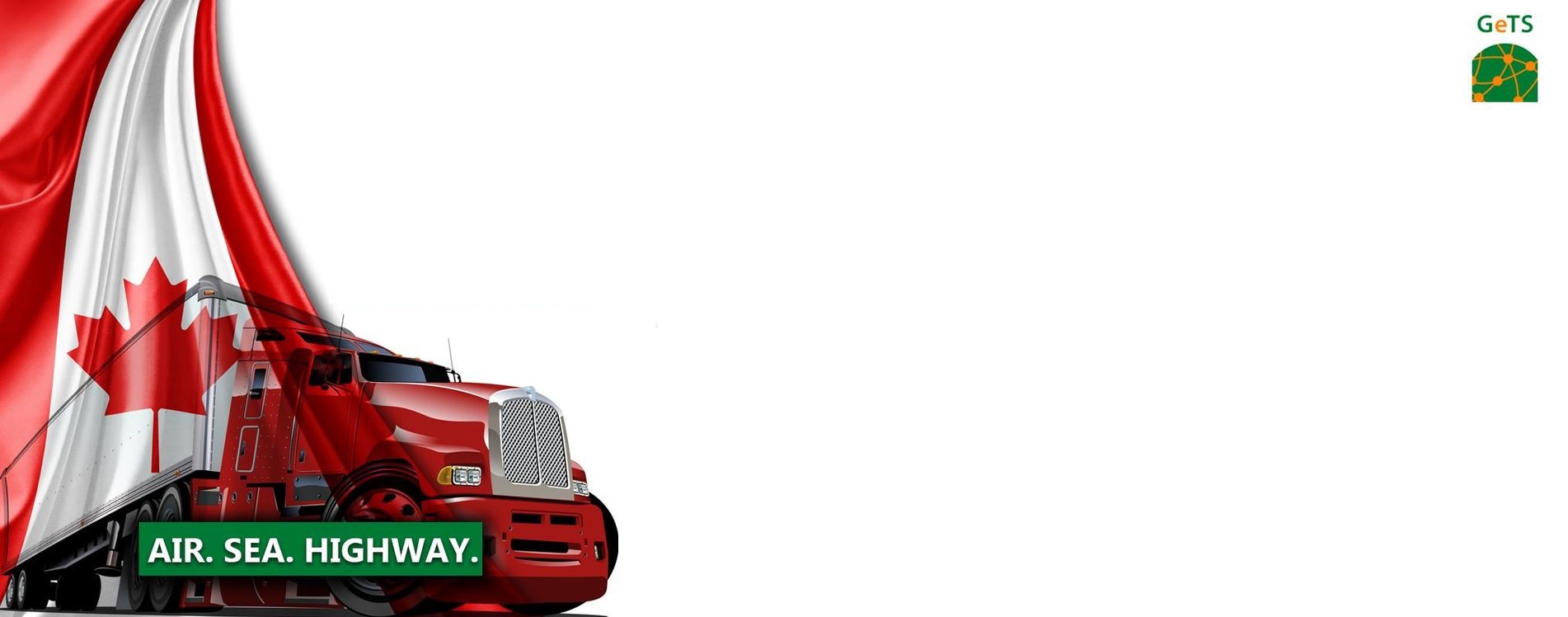Job Scam Alert:
This is to notify you that we have been alerted of job scams misusing the name of Global eTrade Services (GeTS). We would like to emphasize that there is no active, ongoing recruitment under the brand name of GeTS as we now operate under our parent company, CrimsonLogic. Please read the full disclaimer here.
- 10 Jul 2015
- Canada
- eManifest
- Canada
- ACI eManifest
- CBSA
- Canada eManifest
- electronic house bill
- Close Messages
- Logistics
Freight forwarders must transmit house-level bill of lading or electronic house bill data to the Canada Border Services Agency (CBSA) before arrival and within the specific time frames. A House bill is a contract of carriage detailing the full terms of the arrangement between the carrier and the consignee, including signed confirmation that the merchandise was received in good condition. House bills also help customs brokers to validate clearance documents and ensure that the carrier has made complete declaration of goods in the conveyance. A Close Message, on the other hand, is used by freight forwarders to show that all electronic house bills for a specific consolidated cargo control document have been submitted.
The carrier or freight forwarder completes the house bill and the driver signs it once the goods are loaded into the conveyance. Along with Close Messages, electronic house bill information supplements the cargo and conveyance data, allowing CBSA officers to determine whether the goods are safe to cross into Canada.
Electronic House Bill Transmission for Sub-Contracted Cargo
Sub-contracted cargo also requires an ACI eManifest. For example, a freight forwarder may be moving shipments for a primary carrier or another freight forwarder. The freight forwarder that has contracted with the primary freight forwarder is responsible for preparing the house bill or bills. After sending the electronic house bills to the CBSA, the freight forwarder submits a Close Message. This message confirms consolidation and links all house bills to the previous Cargo Control Number (CCN).
Once the House bill has been transmitted, it will be validated by the CBSA system. After validation, the CBSA will then mark the house bill as “Accepted” or “Rejected.” The “Rejected” status message often appears when there are rule validation errors. The reason for rejection is displayed in the status details. In this case, the carrier must correct the errors and a) resend the house bill to the CBSA or b) cancel the house bill.
Ensure accurate and error-free eManifests, electronic house bill and Close Messages by working with a Canada eManifest service provider. Service providers perform pre-validation of house bills and all submitted documents to make sure that they are accepted on the first transmission.
Related Pages
ACI Highway Canada eManifest FAQ
Simplifying the Filing Process with eManifest EDI Integration
Canada eManifest: Highway Shipments Made Easy
Mandatory Electronic Notification of Cargo Arrival FAQ with CrimsonLogic
ACI for Freight Forwarders (eHBL)
ACI eManifest Phase III: Canada eManifest House Bill Data & Supplementary Cargo Reports
ACI housebill eManifest: Bill of Lading for Freight Forwarders
